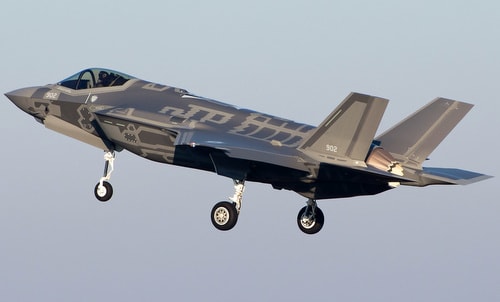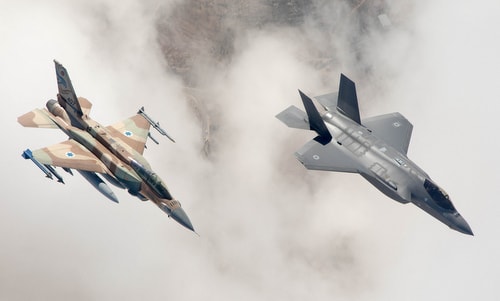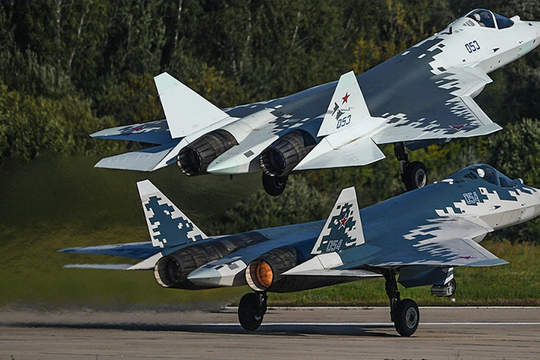The nemesis of Israel's F-35 stealth fighter in the skies of Syria
Experts believe that Russian radar and electronic reconnaissance systems in Syria can easily detect Israeli stealth fighters flying reconnaissance flights.
|
F-35I fighter jet takes off during an exercise in 2017. Photo: IAF |
Israeli media in late March quoted a newspaper source.Al-JaridaKuwait's Defense Ministry said two Israeli F-35I stealth fighters carried out a high-altitude reconnaissance mission over Iran, Iraq and Syria, after bypassing a Russian radar system deployed in Syria.
The Russian military later denied the information, saying that "the Israeli F-35I fighter jets were able to bypass the Russian air defense system in Syria and conduct high-altitude reconnaissance is complete nonsense." Western experts also shared the same opinion, saying that this was just a "wind blow" launched by Israel, according toAviationist.
Although the Israeli Air Force has repeatedly used modern fighter jets in combat, they are only deployed for complex and dangerous missions of very high strategic value.
The Israeli Air Force has just received nine F-35I stealth fighters from the US, serving as a strategic deterrent ready for scenarios of confrontation with modern enemy air forces or attacks on heavily defended targets. In this case, deploying a squadron of F-35Is to conduct reconnaissance over Iranian or Syrian airspace would be an unnecessary risk, according to military expert David Cenciotti.
The dense presence of Russian radars and electronic intelligence (ELINT) systems in Syria also makes it difficult for the F-35Is to operate freely in high-altitude airspace. The Russian military can identify each sortie of the F-35I squadron in real time and collect identification data of this fighter type.
The long-range radar systems that Russia has deployed to Syria are particularly dangerous to the F-35Is. They cannot pinpoint the exact location of stealth aircraft, but they are still capable of guiding fighters equipped with infrared reconnaissance and tracking systems (IRST) to intercept the target.
|
F-16I (left) and F-35I fighters during a test flight in Israel earlier this year. Photo: IAF |
The Russian Defense Ministry said that since 1960, no country has continued to conduct high-altitude reconnaissance activities in the airspace of another country, because any object operating at high altitudes in the sky is very easy to detect and destroy.
To avoid the Russian surveillance net in Syria, fighter jetsThe F-35I stealth fighter has only one option: to continuously fly close to the ground to avoid radar, but this will not be suitable for "high-altitude reconnaissance" missions.
The Russian Defense Ministry said on April 9 that two Israeli F-15 fighter jets launched eight cruise missiles at Syria's T-4 air base, five of which were intercepted. Observers said this shows that Russia's reconnaissance and surveillance system in Syria has a wide coverage area and can detect low-flying, high-speed targets.
Therefore,Cenciotti believes that the surveillance and reconnaissance systems that Russia has deployed in Syria are still the "nemesis" that prevents the F-35I stealth fighter from operating freely in the country's airspace. It is likely that Tel Aviv willLimit the deployment of the F-35I squadron for regular missions in Syria and neighboring countries, to ensure the secrecy of the aircraft's parameters from Russia's "eyes".





